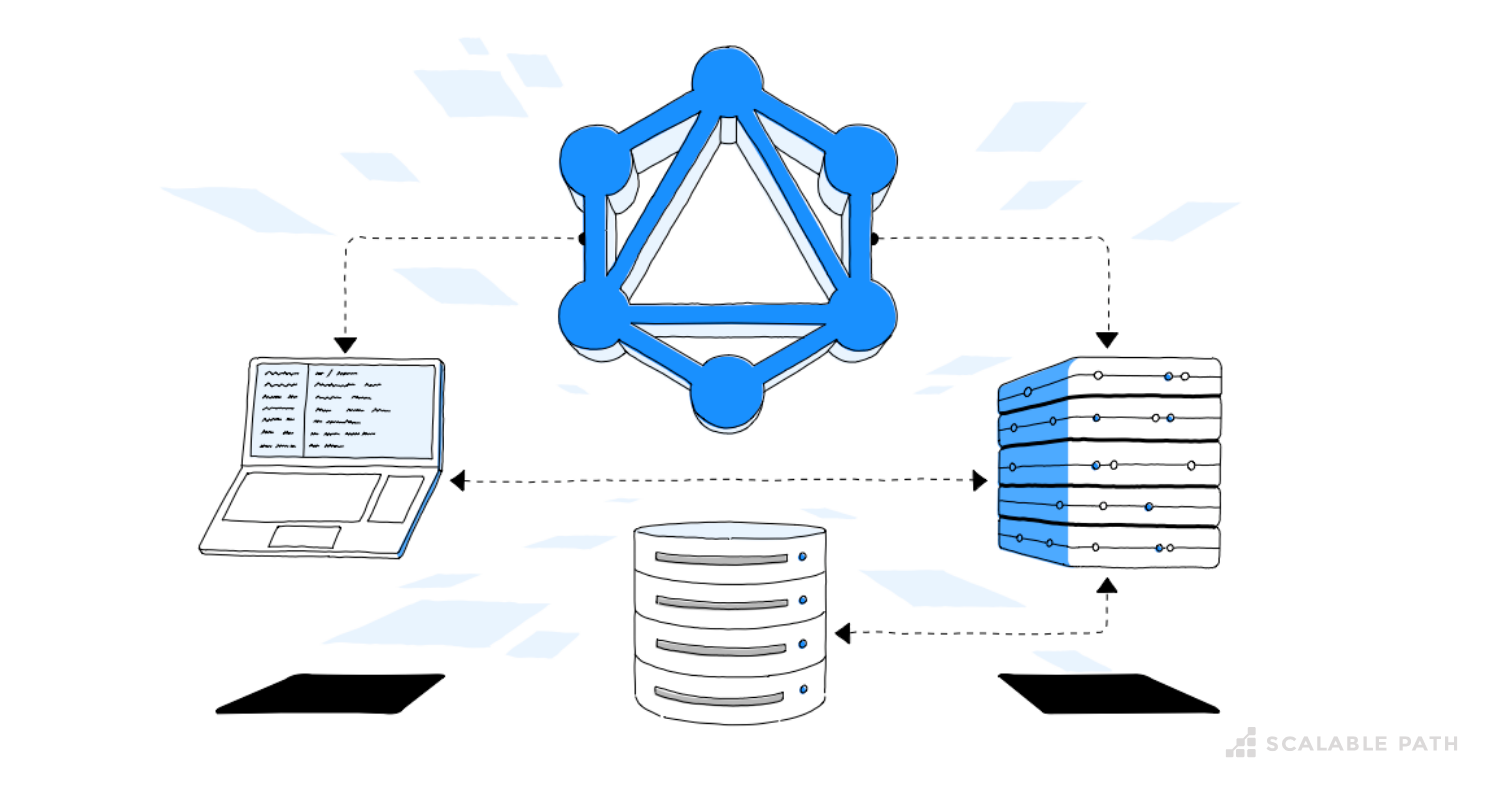Building a GraphQL API with TypeScript + Node.js [Full-stack Tutorial Part 1]

In this article series, we’re going to build a full-stack demo app to explore some of the advantages of building a GraphQL API in a Node.js back-end using TypeScript. We’ll also learn how to integrate it with a client that uses React front-end to show the flexibility and scalability of this architecture.
Table Of Contents
Key Benefits of Using this Full-stack Architecture
This architecture will help us to:
- Easily add new entities to our data model and expose them through the API
- Write self-documenting code with the help of GraphQL schemas
- Keep our project maintainable and scalable using type safety
- Fetch the exact amount of data we need with our queries
- Use query caching on the front-end
What this Full-stack Project Will Cover
In this tutorial series, we’ll cover the following parts:
Part I: In part one of this series, we’ll look at an overview of the demo project that we’re going to build, set up the local environment, model our data and start testing it.
Part II: In part two, we’ll dive deep into some of the core aspects of GraphQL and implement/test the back-end features of our project.
Part III: In part three, we’ll wire up the front-end client and integrate it with our back-end.



